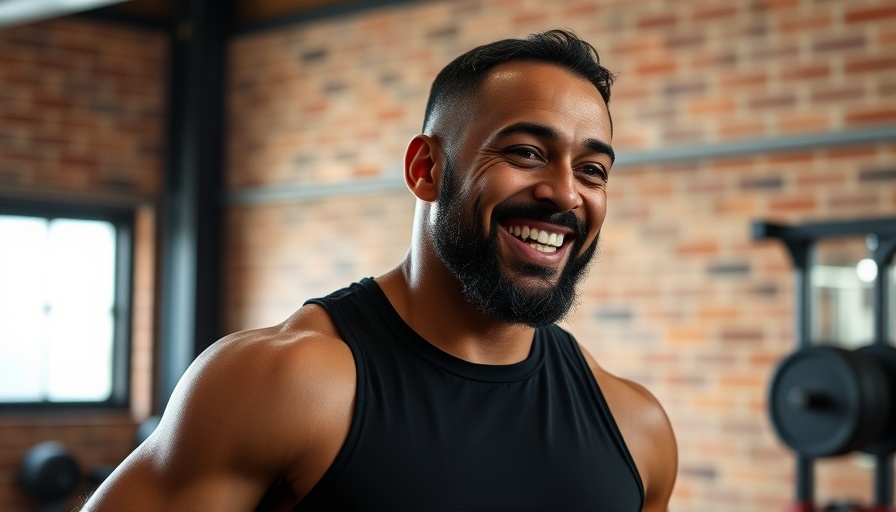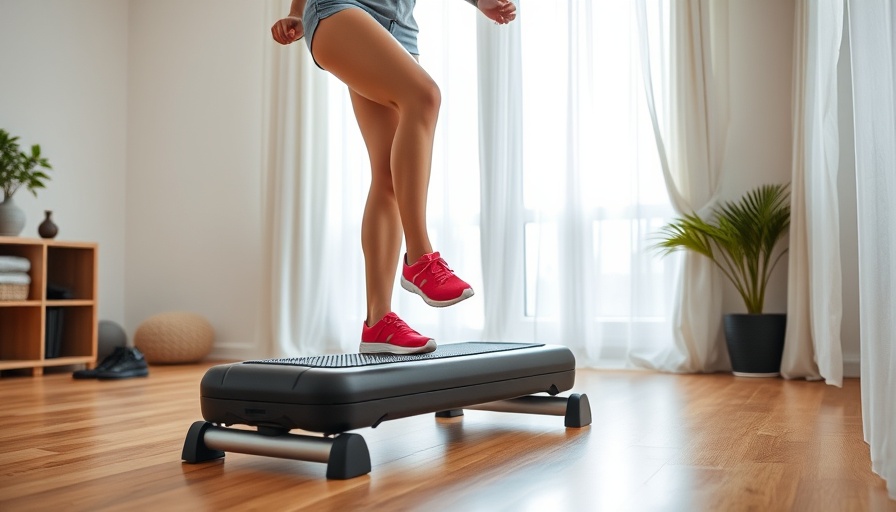
Embracing Active Recovery: The Core-Infused Lower Body Workout
In a world where fitness trends come and go, the importance of grounding ourselves with active recovery days has never been clearer. Nicole from Fitness Blender offers a fresh perspective in her video titled Core-Infused Lower Body Strength: Active Recovery Workout to Maintain Muscle. This workout is not just about regaining strength; it’s about fostering a deeper connection with your body and understanding the balance between exertion and rest.
In [FREE Day 1] Core-Infused Lower Body Strength: Active Recovery Workout to Maintain Muscle, Nicole encourages a gentler approach to fitness, prompting a deeper analysis of the significance of active recovery.
Understanding the Concept of Active Recovery
Active recovery plays a critical role in our fitness journeys. Unlike traditional high-intensity workouts, which can sometimes leave us feeling drained, active recovery workouts are designed to lower the intensity but maintain engagement. Nicole’s method emphasizes utilizing lighter weights—about 40-50% less than usual—to focus on form, stability, and core strength. This approach nurtures both physical and mental resilience.
The Importance of Core Engagement
As Nicole guides us through various exercises, the infusion of core focus is evident. From the dynamic quad stretch to the plank leg lifts, these moves not only strengthen the lower body but also engage the core, leading to enhanced stability and strength throughout. By maintaining core engagement in exercises like suitcase squats and kickstand deadlifts, we build a solid foundation essential for everyday activities and total body strength.
Form Over Intensity: The Art of Mindfulness in Movement
This workout is an invitation to practice mindfulness. Nicole emphasizes the importance of proper form and connecting with each movement rather than pushing for maximum weight or intensity. Setting a goal to simply show up and maintain form allows athletes and casual exercisers alike to develop greater awareness of their bodies, which is often lost in high-pressure situations. The mental aspect of fitness cannot be overlooked—this workout harnesses that by inviting us to reflect on our capabilities.
Breaking Down Each Exercise
1. **Warm-Up**: Every great workout begins with preparation. Nicole’s warm-up progresses through various moves such as knee hugs and inchworms. These exercises serve to both physically warm up and mentally prime you for the workout ahead.
2. **Strength Portion**: The workout is structured in circuits, maintaining a focus on manageable intervals to prevent overexertion. By using lighter weights, participants can concentrate on perfecting their movements. This is particularly beneficial for preventing injuries in a demanding fitness landscape.
3. **Cool Down**: The cool-down segment serves as a gentle reminder to transition from an active state to relaxation. By incorporating stretches like the supine spinal twist, and figure-four stretch, it helps restore the body’s balance.
The Social Connection: Why This Matters to the SDA Community
For members of the SDA faith community, which traditionally emphasizes holistic health—mind, body, and spirit—the lessons embedded in this workout resonate deeply. Taking time for recovery, nurturing our bodies, and engaging in meaningful reflection are essential tenets that align with spiritual teachings about care for oneself and others.
Future Predictions: The Evolving Nature of Fitness Practices
The emphasis on active recovery workouts, like Nicole's, signals a paradigm shift in the fitness industry. As more individuals recognize the necessity of balance in their fitness regimes, we can anticipate the rise of workouts that promote sustainability over sheer results. In acknowledging that fitness is a lifelong journey rather than a sprint, this approach not only nurtures physical health but also emotional well-being.
Actionable Insights: Tips for Engaging in Active Recovery
1. **Listen to Your Body**: Active recovery should feel refreshing, not draining. Pay attention to how your body responds during these workouts and adjust weights accordingly.
2. **Focus on Mobility**: Integrate movements that support not just strength but flexibility too. Rotating between mobility and strength will maximize benefits during and after workouts.
3. **Cultivate a Routine**: Build active recovery days into your weekly routine—perhaps themed as 'gentle movement days'—to make them more engaging and less like a chore.
Join the Journey: Make Active Recovery a Habit
In a culture that often glorifies intensity and speed, take a moment to appreciate the value of slowing down. Embracing active recovery not only allows our muscles to recover but fosters a greater awareness of our bodies. Consider weaving these insights into your fitness approach for a more balanced, mindful experience. Let’s reframe our perspectives on health, taking small but significant steps toward holistic well-being.
If you haven’t already tried it, consider integrating Nicole’s core-infused lower body strength workout into your weekly routine. Your body will thank you, and so will your spirit. Remember, every journey of health begins with a single step, or in this case, a single workout!
 Add Row
Add Row  Add
Add 




Write A Comment